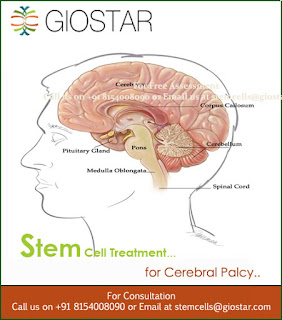Blood or hematopoietic stem cells are the most widely used stem
cells, which are used for frequently used for stem cell transplants such as
bone marrow transplantation. This type of Stem
Cell Therapy is used for treating some immune system and blood disorders
and diseases, as well as for rebuilding blood systems following treatment of
some types of cancer. Disease such as Parkinson’s disease is
also treated with this kind of Stem Cell
Therapy. Groundwork studies have shown that bone marrow cells can provide
beneficial effects when injected into an affected heart. In few of the cases,
stem cells may be infused straight in the blood, and the cells make their way
to the right, location and start creating new tissues and cells required. Other
cases require cells to be injected into a tissue or an organ, where cells are
needed.
The main aim of a Stem Cell
Therapy is transplanting stem cells in the patient and then directing them
to the right place where it can divide and differentiate to form new and
functioning tissues or can repair the tissues that have been damaged due to any
disease or disorder. However, the risk of the stem cells not working in the
desired manner is there, but researchers are continuously working to find new
ways of making Stem Cell Therapy as
safe as possible for different patients.
For successful usage of stem cells to treat different diseases,
researchers first have to come up with source of ample amount of stem cells, as
many adult cells does not have the ability to divide and multiply in huge
numbers. The next challenge that scientists face in the use of Stem Cell Therapy is creating of the
required type of cell in lab conditions, or after transplanting the cell into
the patient.
The risk of rejection of the new stem cells by the immune system of
the receiving patient also exists while using stem cells for treating diseases.
This is another big concern and roadblock in the way of successful usage of Stem Cell
Therapy. New ways of protecting stem cells from attack of the immune
systems are being explored by researchers these days.
Research institutes and health centers like Giostar, not only offers
Stem Cell Therapy for various
diseases, but are also involved in consistent research to make sure that the
therapy is safe and that the stem cells remain functional throughout the
lifespan of the patient.



